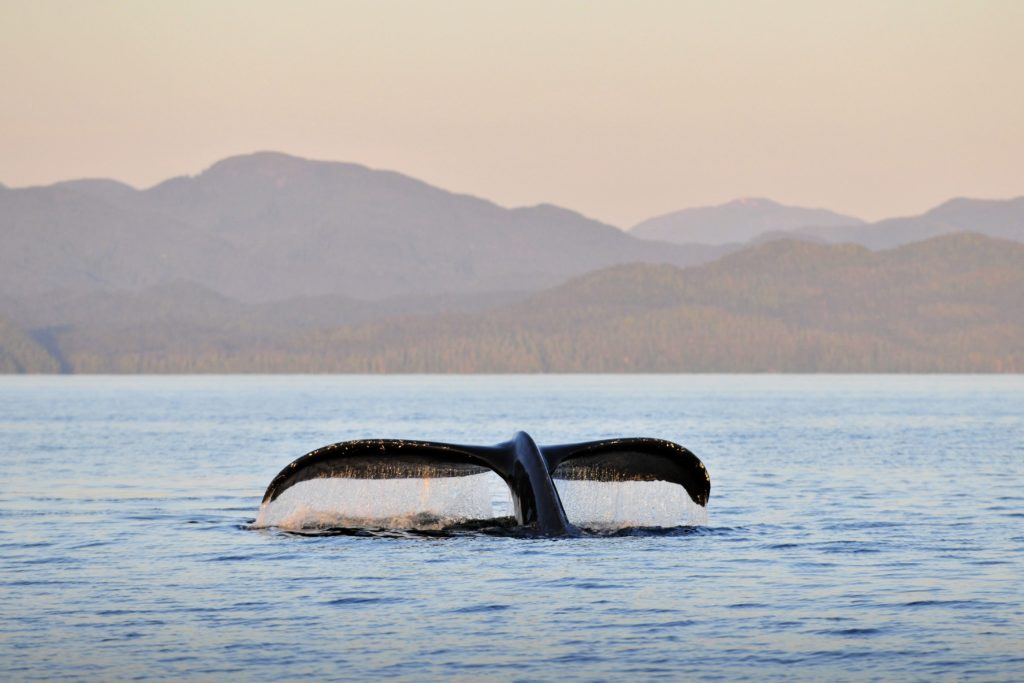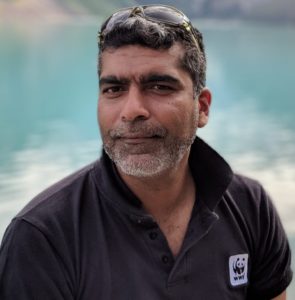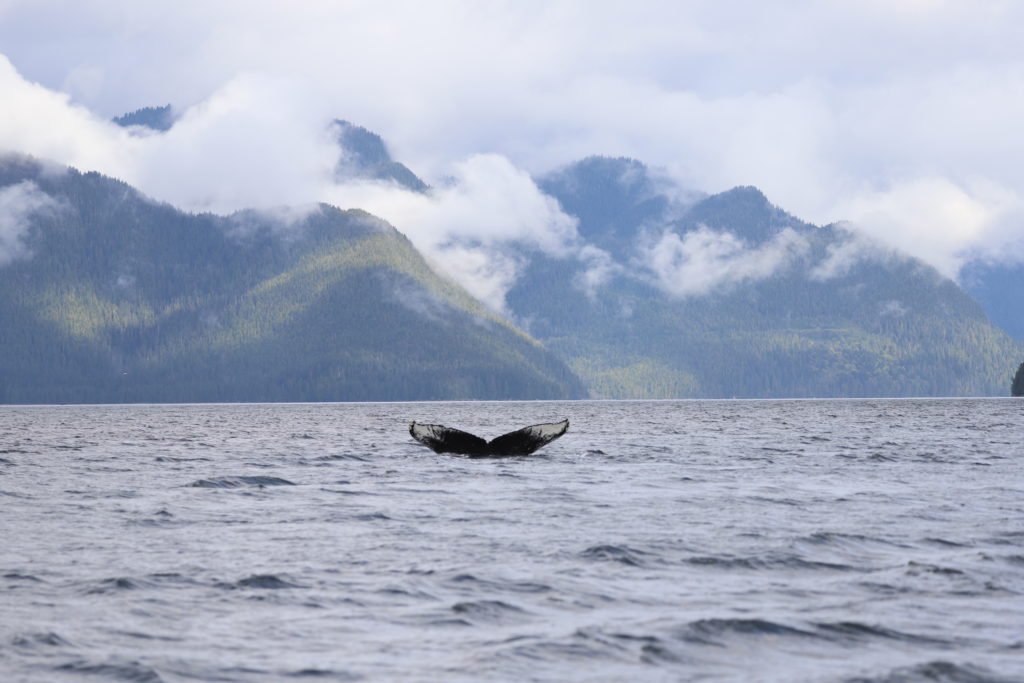Meet the Great Bear Sea, the ‘Galapagos of the north’
There’s a place on the northern west coast that’s unlike any other region of Canada or the world, for that matter. It’s a place where rugged rainforest meets open ocean, and it stretches from the tip of Vancouver Island up to the Alaskan border.
The Great Bear Sea is home to some of the most productive temperate coastal waters in the world. For millennia, this stunning, biodiversity-rich region has been stewarded and sustained by First Nation communities, but today it’s on the brink.
With the right protections, the ecological diversity here can persevere — but we need to take action soon. To learn more about the Great Bear Sea and the work being done to protect it, we spoke with Hussein Alidina, our B.C.-based lead specialist in marine conservation.

What type of marine life can be found in the Great Bear Sea?
The Great Bear Sea, also known as the Northern Shelf Bioregion, provides habitat for a huge array of sea life. Think of it almost like the Galapagos of the north.
Visiting the region you might come across fin whales, humpback whales, resident orcas and Biggs killer whales, and even an underwater glass sponge reef dating back 9,000 years. Sea otters, Steller and California sea lions, northern fur seals, northern elephant seals, harbour seals and leatherback turtles also abound.

And salmon return here year after year, feeding the wolves and ghostly spirit bears who inhabit the adjacent Great Bear Rainforest.
Who is calling for its protection?
The lands around the Great Bear Sea support 32 First Nation communities. The “ecosystem services” that this region provides support coastal communities and economies through activities such as fisheries, tourism, aquaculture, forestry-related log handling, marine transportation and more.
First Nations have lived here for millennia, inextricably connected to the land which they have both stewarded and been sustained by. Today, many First Nations are calling for its protection.
Why is the Great Bear Sea in trouble?
Intensive human activity — related to fisheries, increased shipping, and industrial development — has resulted in the decline and endangerment of countless marine species in the area — over 30 of which are listed as “at-risk” by COSEWIC, the Committee on the Status of Endangered Wildlife in Canada.
We are seeing reduced fish stocks, and depleted fisheries such as herring and salmon.
Climate change and extreme events such as flooding and heatwaves are also becoming more common and impacting marine biodiversity. The heat dome that ravaged B.C. in 2021 is estimated to have killed a billion intertidal marine organisms.

What needs to be done to protect it?
To safeguard the Great Bear Sea’s rich biodiversity, we must move to an integrated, ecosystem-based approach to managing human activities.
That includes creating marine protected areas (MPAs) encompassing habitats of critical importance to multiple species and representative of the full range of marine life found in the area.
MPAs are an important tool, but, of course, marine species don’t stay put and everything in the ocean is connected in some way, so it’s equally important to create a network of protected areas. The process to create a network in this region has been underway for more than a decade under the leadership of the federal government, Coastal First Nations and the province.
Designating a network of MPAs in the Great Bear Sea will be an important step to advance both marine conservation and Indigenous reconciliation.
This blog originally appeared in our monthly newsletter, Fieldnotes. Click here to subscribe to future issues.

